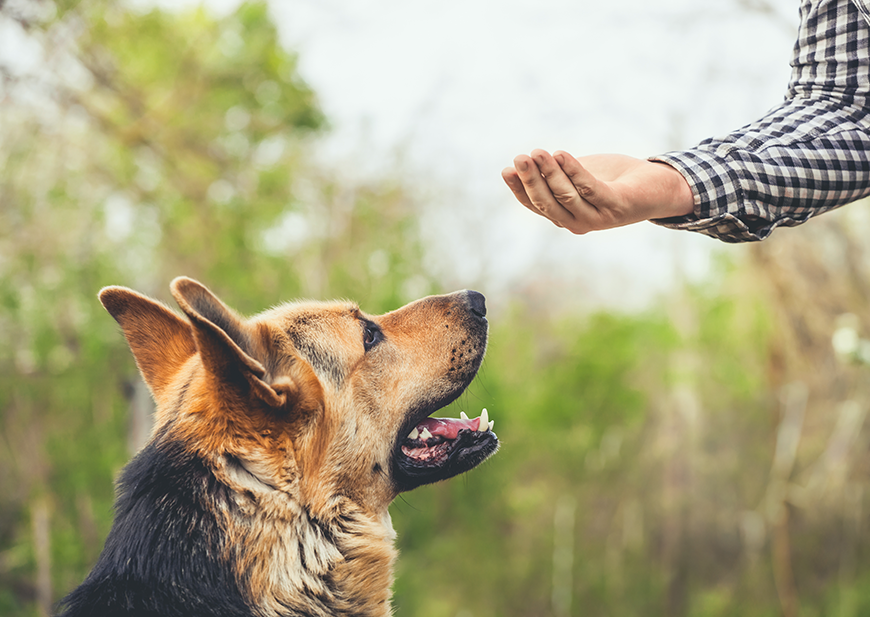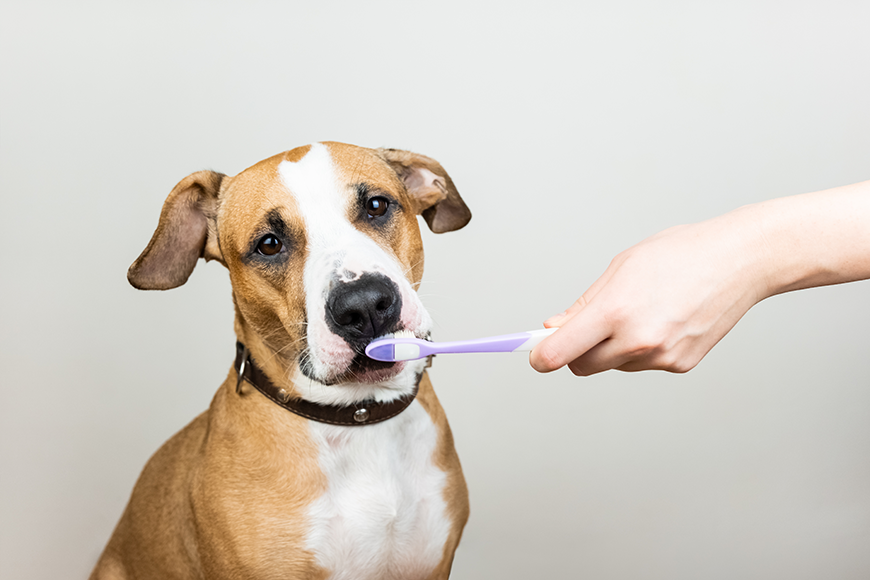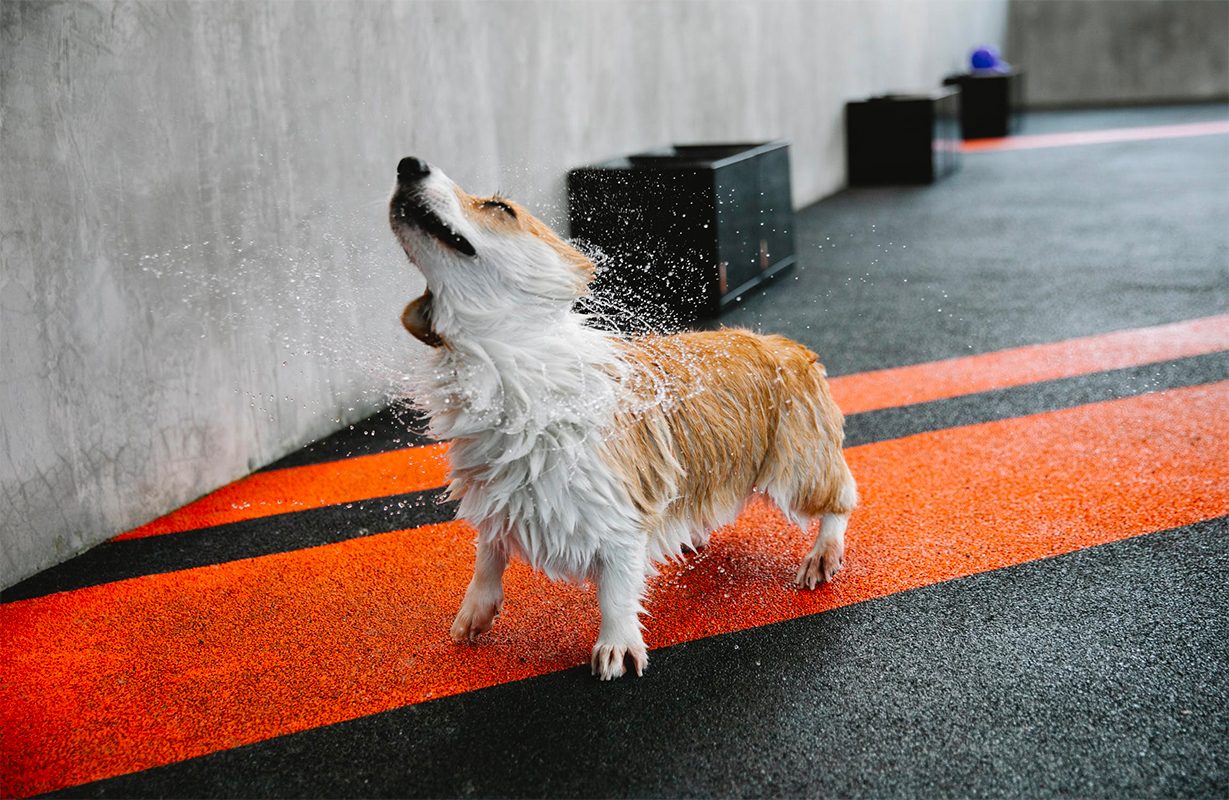No products in the cart.
As a devoted dog owner, your pet’s health and well-being are undoubtedly among your top priorities. While you may be well-versed in common canine health concerns, there’s a relatively newer threat that has been emerging in recent years—canine influenza in dogs. This highly contagious respiratory infection has raised concerns among dog owners and veterinarians alike. In this comprehensive guide, we will delve into the world of canine influenza, exploring its causes, symptoms, prevention strategies, and the best ways to care for your beloved furry companion in times of infection.
What is Canine Influenza in Dogs?
Canine influenza, commonly referred to as dog flu, is a highly transmissible respiratory ailment caused by specific influenza viruses that predominantly target our canine companions. This malady has garnered significant attention due to its capacity to swiftly spread, particularly in places where dogs gather and interact closely, such as kennels, doggy daycares, and bustling dog parks. At the heart of this health concern lie two primary strains of the canine influenza virus—H3N8 and H3N2—each with its own intriguing origin story and evolutionary journey.
The story of H3N8 traces back to its initial discovery in the equine population, specifically horses, where it was recognized as an equine influenza virus. Remarkably, over time, this virus adapted and crossed species boundaries to affect dogs, giving rise to the H3N8 canine influenza virus. This cross-species transmission highlights the complex dynamics of viral evolution and serves as a reminder of the interconnectedness of the animal kingdom. As the virus made its leap from equines to dogs, it set in motion a new chapter in the world of canine health.
Transmission and Symptoms
Canine influenza is spread through respiratory secretions—such as coughing and sneezing—from infected dogs. The virus can also be transmitted indirectly through contaminated surfaces, such as food and water bowls, toys, and clothing. The symptoms of canine influenza are similar to those of other respiratory infections and may include:
- Coughing
- Sneezing
- Nasal discharge
- Lethargy
- Fever
- Loss of appetite
In the case of H3N2, the journey of this viral strain is equally captivating. Originating in Asian countries, particularly South Korea and China, the H3N2 virus gained notoriety as a significant contributor to the canine respiratory landscape. Its spread was facilitated by factors such as international travel and the intricate web of global trade. As dogs from various regions mingled, the virus found new avenues for transmission, transcending geographical borders and making its way to North America, including the United States. This transcontinental journey underscores the interconnectedness of our world and the role that factors like travel and trade play in the spread of infectious diseases.
Prevention Strategies for Canine Influenza in Dogs
As responsible pet owners and guardians of our furry companions’ well-being, understanding the intricate histories of these viral strains is key to effectively safeguarding our dogs from the impacts of canine influenza. The dual origins of H3N8 and H3N2 underscore the unpredictable nature of viral evolution and the adaptability of pathogens to new host species. This adaptability reminds us of the importance of vigilance, preparedness, and proactive measures in the realm of animal health. Preventing canine influenza involves a combination of responsible pet ownership, vaccination, and hygiene practices. Here are key steps to consider:
- Vaccination: Consult your veterinarian about vaccinating your dog against both strains of canine influenza. While the vaccine may not completely prevent infection, it can significantly reduce symptoms’ severity and transmission risk.
- Isolation: If your dog shows signs of illness, keep them isolated from other dogs to prevent potential spread. Consult your vet for guidance on managing their illness and recovery.
- Hygiene: Regularly clean and disinfect your dog’s belongings, such as bowls, toys, and bedding. Wash your hands thoroughly after handling other dogs, especially if you suspect they might be sick.
- Avoid Crowded Areas: During flu outbreaks, consider avoiding crowded dog parks, boarding facilities, and other areas where dogs interact closely.
Caring for an Infected Dog
If your dog is diagnosed with canine influenza, providing proper care is crucial for their recovery and preventing the spread of the virus to other dogs. Here’s what you can do:
- Isolation: Keep your infected dog isolated from healthy dogs to prevent transmission. Follow your vet’s guidance on when it’s safe for them to interact with other dogs again.
- Rest and Hydration: Ensure your dog gets plenty of rest and access to fresh water. Hydration is essential for recovery.
- Medication: In some cases, your vet may prescribe medications to alleviate symptoms, such as coughing and fever. Follow their instructions carefully.
- Nutrition: Provide your dog with a balanced and nutritious diet to support their immune system during recovery.
- Monitor Symptoms: Keep a close eye on your dog’s symptoms. If they worsen or if you notice any signs of distress, contact your veterinarian immediately.
Staying Informed and Vigilant
As a responsible dog owner, staying informed about potential health threats like canine influenza is crucial. Regular veterinary check-ups, up-to-date vaccinations, and a proactive approach to hygiene can go a long way in protecting your furry friend. Additionally, watching local news and veterinary updates can help you stay aware of any outbreaks in your area, allowing you to take appropriate precautions.
Through vaccination, hygiene practices, and vigilant monitoring of our dogs’ health, we can collectively contribute to stemming the spread of canine influenza. By staying informed about the origins and spread of these viruses, we empower ourselves to make informed decisions regarding our pets’ care and well-being. As the world of veterinary medicine continues to evolve, our commitment to understanding the past can help shape a healthier future for our beloved four-legged companions.
Conclusion
Canine influenza is a relatively new concern in the world of dog health, but with the right knowledge and proactive measures, you can help protect your beloved companion from this contagious virus. By understanding its transmission, recognizing its symptoms, and implementing prevention strategies, you can contribute to a healthier and safer environment for your dog and the canine community as a whole. Remember, your veterinarian is your best resource for guidance on vaccination, prevention, and care in the event of infection. By working together, we can ensure the well-being of our furry friends and foster a stronger bond between humans and dogs.
Share :
Share on facebook
Share on twitter
Share on linkedin
Popular Post
How to choose a training
April 27, 2019
Top tips for caring for
April 27, 2019
Tips for keeping your cat
April 27, 2019
Archives
Tags
Animal hospital in Lahore Animal hospital Lahore Best pet grooming in Lahore Best Vets cat indoor entertainment tips Cloth dog's teeth caring tips Food Health How to choose a training reward for your dog New Pet Online Pet Shop Online Pet Store Pet Pet2 Pet Clinics Pet Hospital in Lahore Pet Hospitals Pet Store Shop Training Veterinary veterinary clinic in Lahore Veterinary Clinics Veterinary Doctor Veterinary Hospital Veterinary hospital in Lahore Vets in Lahore
Email for newsletter
Pet Supplies
At Pets Mall, we offer premium quality dog and cat food, pet supplies, and vaccination. Get everything you need for your pet!
Mobile Pet Clinic
If you pets need immediate veterinary’s treatment, give us a call and we will send a specialist vet to your home.
Contact us
- 34 Q Block, Johar Town, Shah Alam Road, Near Ayub Chowk , Lahore
- petsmallpk@gmail.com
- 0301-7475573 , 0313-4343476
COPYRIGHT © PetsMall.pk ALL RIGHTS RESERVED. | DEVELOPED BY DIGIKNOWN











